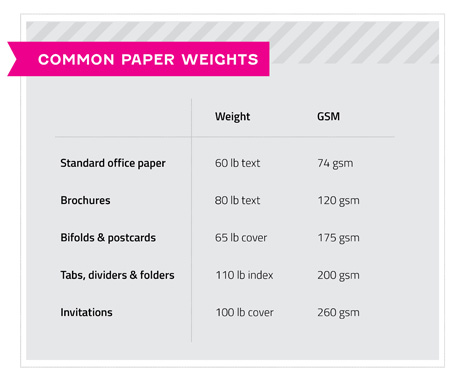Adapting Communications for International Markets—Part 2
In part one of this post, we examined the common pitfalls of poor translation process, the potentially catastrophic results of unit conversion oversights, and foreign market document size standards. After your copy is translated, there are still important details to manage to produce international marketing materials to be proud of, not embarrassed by.
AFTER TRANSLATION
1. Reformat
Depending on the language, translated copy may take more or less space than your original English copy.
This will undoubtedly cause minor layout shifts and adjustments. For example, English copy generally takes up more space than Chinese or Japanese characters, but less space than European languages. It’s good practice to adjust the point size and tracking accordingly, not only to help to fill out the document, but also to improve readability.
2. Review
After flowing in the translated copy, it’s important to personally review your work (even if you don’t speak the language!) before passing it back to the translator.
But once the piece is back in your translator’s hands, have them check for idiosyncratic formatting issues in addition to proofreading. In English pieces for example, it’s never acceptable to start a new line with an em dash or ampersand. However, there may be a different set of rules depending on the language, especially if you’re working with a different character set or alphabet.
3. Choose a stock and send to production
Before sending your work to be produced, you’ll need to choose an appropriate medium and decide where it will be printed. Depending on your timeline, producing the work locally and shipping the materials overseas may be the easiest option. However, if you’re in a time crunch, be aware of the steep shipping charges associated with rushed international shipping. In order to avoid these hefty fees, producing the work overseas may be the way to go—though this can be tricky unless you have a basic understanding of Grammage.

There are two main conventions for determining paper weight worldwide.
The first, used in countries that utilize US paper sizes, is called Basis Weight (specified in lbs). Basis weight is equal to the weight of a 500 sheet ream of uncut paper.
The second, most common convention, Grammage (listed in g/m2 or gsm), is used in most countries where the A series has been adopted. Grammage refers to the actual weight of a paper.
Refer to the chart above for a list of common paper weights or click here for a more extensive listing.
4. Specialty Materials and Kits
If you’re adapting specialty pieces like packaging materials, self-mailers, or binders, be sure to do your research.
Look into local postal regulations and constraints. In addition to revising paper sizes, if you’re working on adapting a specialty piece, you may also need to revise or rethink the format. For example:
- The US postal services outlines specific requirements when it comes to artwork on an envelope or mailer. However, the postal service in Spain or Japan may have entirely different requirements.
- A4 binders usually have 4 rings—but can occasionally have only 3. Assuming that your inserts will fit your binder can cause a whole lot of trouble.
Learn more about how you can avoid embarassing and costly translation mistakes.
Adapting Communications for International Markets – Part 1



